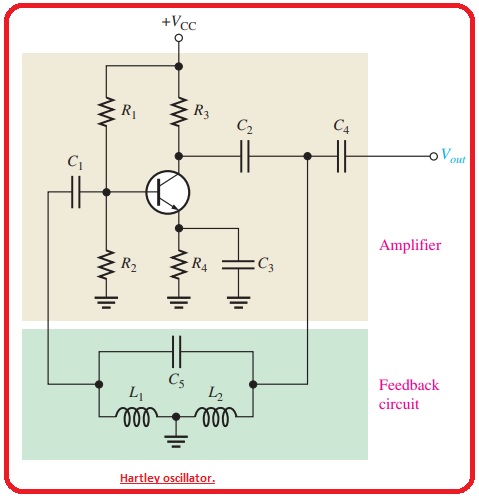billybob
Active Member
As the title suggest, I am trying to decide what are the differences in reading a schematic with Conventional current flow vs Standard. I have trouble understanding exactly how a circuit works in a schematic I useually follow the positive terminal into where there is least resistance and try to figure it out from there. Am I doing this wrong? Is there a better way to understand and learn to read schematics?
Thank you in advance,
Ben
Thank you in advance,
Ben

